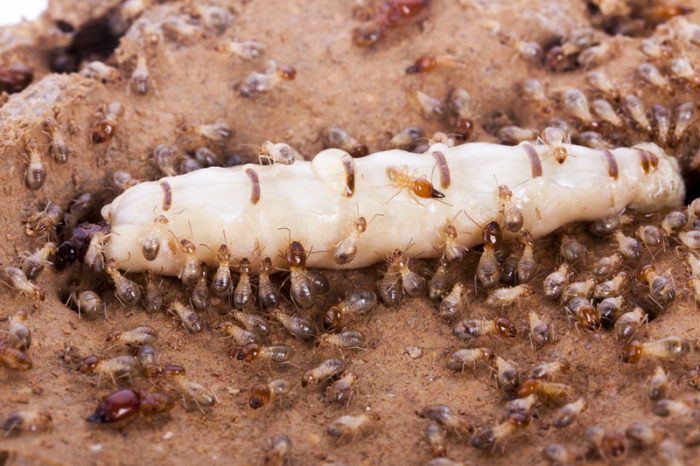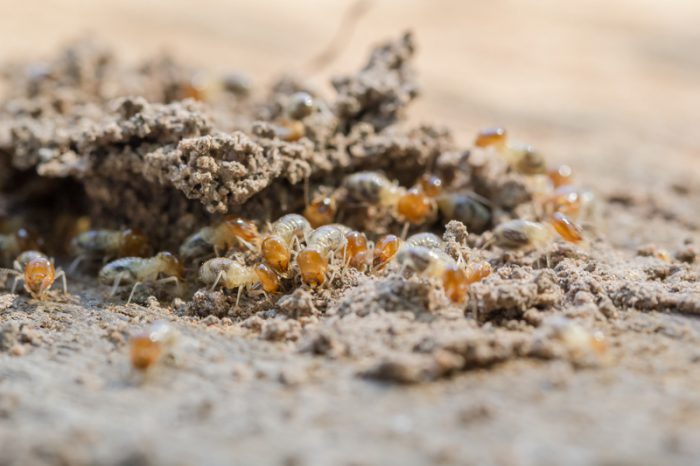A recent study from Japanese scientists has revealed that in the world of termites, no males = no problem. It discovered that all-female termite colonies were widespread across Japan. And they weren't the exception, either. They were a lot closer to the rule.
Can you say 'girl power'?
More than half
Over the year-and-a-half long study, the scientists studied 74 colonies across 15 different locations throughout Japan. And yes, each insect was inspected one-by-one to reach these findings.
Wow, what a crazy job! But that's not as crazy as what they found. According to their results, 60 percent of the groups studied had no males at all. That's well over half. What gives? And is it really all that unusual?
Girls only club

In an all-female colony, the termite queen doesn't rely on a king to lay eggs that can hatch into young. (© Sucharat Chounyoo - Dreamstime.com)
For starters, yes, usually termites have a male, called the king, who makes and then passes sperm on to the colony's queen. She stores the sperm in an organ and uses it to fertilize the eggs that she lays. Usually.
But these all-female termite colonies had no males to fertilize the eggs. Instead, the queen was laying unfertilized eggs, which then grew up into healthy termites.
Generally speaking, this is quite rare in the animal world, but it's certainly not unheard of. From parasitic wasps and hammerhead sharks to komodo dragons and crayfish, there are all sorts of examples of females being able to have healthy offspring without males involved.
And now termites can, too!
Is this the future?
Perhaps! Right now, scientists are inspecting the differences between mixed gender and all-female termite colonies. They've found that the all-female ones have slight differences in the size of the termites and the types of termites in the colonies. Like ants and bees, termites have different roles to play in their colonies, such as worker or soldier. The all-female ones have less soldiers than mixed colonies.
Eventually, the all-female termite colonies could even be considered their own species. And how is this happening? While it's tough to say, it is no secret that social insects such as termites, bees, and ants live in groups that are dominated by a female queen and where the males have little responsibility for keeping the colony working. Colonies like this may just be evolution at work!
 A new study finds that termite colonies do not need males to have their young. (© Chartthai - Dreamstime.com)
A new study finds that termite colonies do not need males to have their young. (© Chartthai - Dreamstime.com)









